Drought Tolerant Plants For Dry Areas
We do love to complain about the weather and it sometimes seems as though there is always either too much rain or too little of it! If you find that your garden tends to be very dry in the spring and summer then you may like to think about planting a garden that is better able to cope with the conditions. Choosing the right plants and working with nature rather than fighting against it is always the best policy in the garden, especially when trying to work in the face of our changing climate.
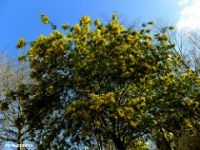
When choosing a new planting scheme, it is always the best idea to start with the trees. Trees will help to shade other areas and the shade can help reduce water loss from the soil. Trees and larger deciduous shrubs also provide biomass which will increase organic matter in the soil as it drops and can also aid water retention. Some of the trees that can cope well with drought conditions are: Mimosa (Acacia dealbata), Judas tree (Cercis siliquasrum), Hop tree (Ptelea trifoliata 'Aurea'), and some pines, junipers and palms.
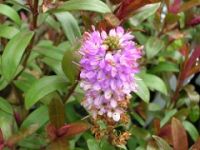
In the shrub layer of your garden, lavender thrives in dry conditions. Other shrubs that can cope with drought conditions include: Hebe, Elaeagnus angustifolia, Vitex agnus-castus, Halimium and some bamboos.
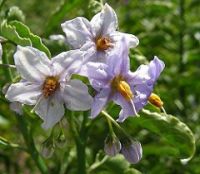
If you are looking for climbers that can cope with very dry conditions then you could consider: Jasminum officinale, Campsis, Eccremocarpus scaber, Passiflora caerulea and Solanum crispum.
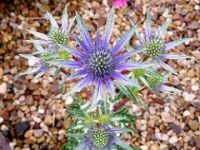
Perennials that are well suited to dry gardens can help to fill those borders and beds and keep everything looking lovely all year round. Some perennials to try include: Bergenia, Euphorbia, Eryngium, Heuchera and Verbena. A number of grasses are also well suited to dry gardens.
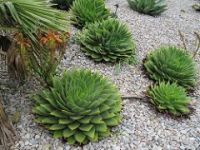
Half-hardy succulents need very, very little moisture to thrive. These can be a solution for the very driest of garden spaces. Try growing Aloe, Aeonium and Lampranthus to make a start on your resilient garden.
Of course, all of the above plants are just the beginning and there are plenty more plants that can cope with the driest conditions. If you mulch well, provide shade and plan your garden well then you can still grow a wide range of plants, even if you regularly experience drought conditions in your garden in the spring and summer months. Remember to be water-wise and be realistic about the limitations placed on you as a gardener by your site and its climate.